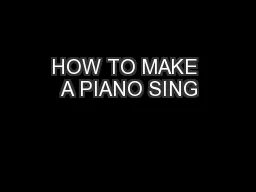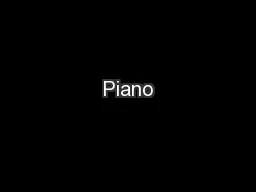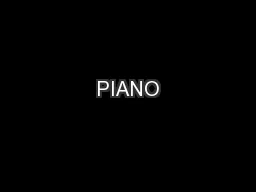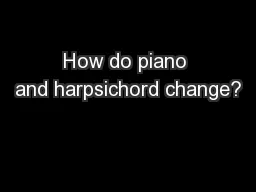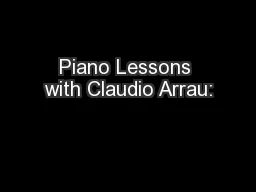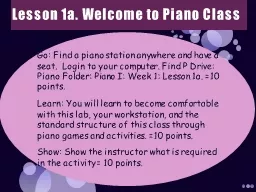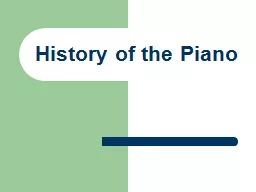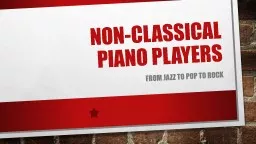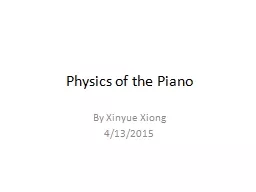PPT-HOW TO MAKE A PIANO SING
Author : celsa-spraggs | Published Date : 2016-06-17
By Donna Furrha 10 th grade Mrs Ransom PurposeProblem Have you ever been to the store with your mom and dad and accidently ran into a piano I have I love playing
Presentation Embed Code
Download Presentation
Download Presentation The PPT/PDF document "HOW TO MAKE A PIANO SING" is the property of its rightful owner. Permission is granted to download and print the materials on this website for personal, non-commercial use only, and to display it on your personal computer provided you do not modify the materials and that you retain all copyright notices contained in the materials. By downloading content from our website, you accept the terms of this agreement.
HOW TO MAKE A PIANO SING: Transcript
Download Rules Of Document
"HOW TO MAKE A PIANO SING"The content belongs to its owner. You may download and print it for personal use, without modification, and keep all copyright notices. By downloading, you agree to these terms.
Related Documents

